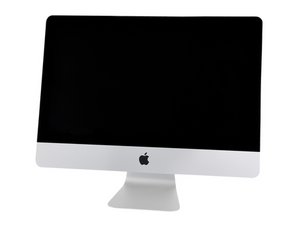CPU Upgrade to i7-3770 or i7-3770S
Hi, I have a late 2012 21.5 iMac running the 2.7 Ghz i5. I'm planning on upgrading the CPU. Now, I know it is a lot of work, but I feel comfortable attempting it. I know the i7-3770S (3.1 Ghz, 65W TDP) was an bto option, so it should work (also confirmed in a thread I red here). Do you think the normal i7-3770 (3.4 Ghz, TDP 77W), which is far more common, would also work or does the Mac not boot up when it recognizes a different type of CPU (or TDP) than originally available for the machine ? Would be very grateful about an advice.
Also, I would have the option to get an i5-3570S (3.1 GHz, TDP 65W) for a very good price, so it would definitely be interesting to know if only CPUs used by the manufacturer, only CPUs with the same TDP or all CPUs of the same socket work?
I read on another forum that people successfully upgraded their 2011 21.5 iMacs to i7-2600(K) CPUs...so many things to consider :D
좋은 질문 입니까?

 1
1 
 330
330  971
971 

댓글 3개
I'm really starting to wonder why there are so many myths about working on the iMac and so few people with the balls to just give it a shot. It's not some magical box, it's just a computer after all...
Daniel 의
I won't say myths. The iMac's are more like a laptop than a true desktop system so they tend to be harder to open and more work to gain access to some stuff. The newer Thin Series are more work and just fragile if you don't watch what you are doing. The risk of damaging the display assembly is very real and a very expensive mistake.
Dan 의
Apple's design team did not put repairability as one of their top five goals. They put ease in manufacturing & costs after running quiet (Steve's bug a boo), looking cool & performance.
Dan 의